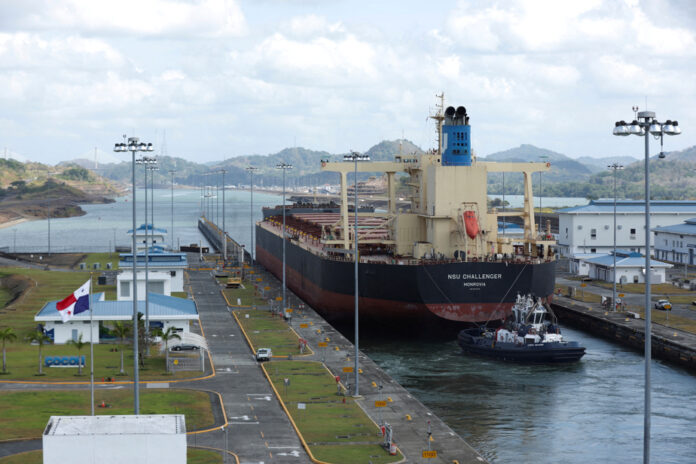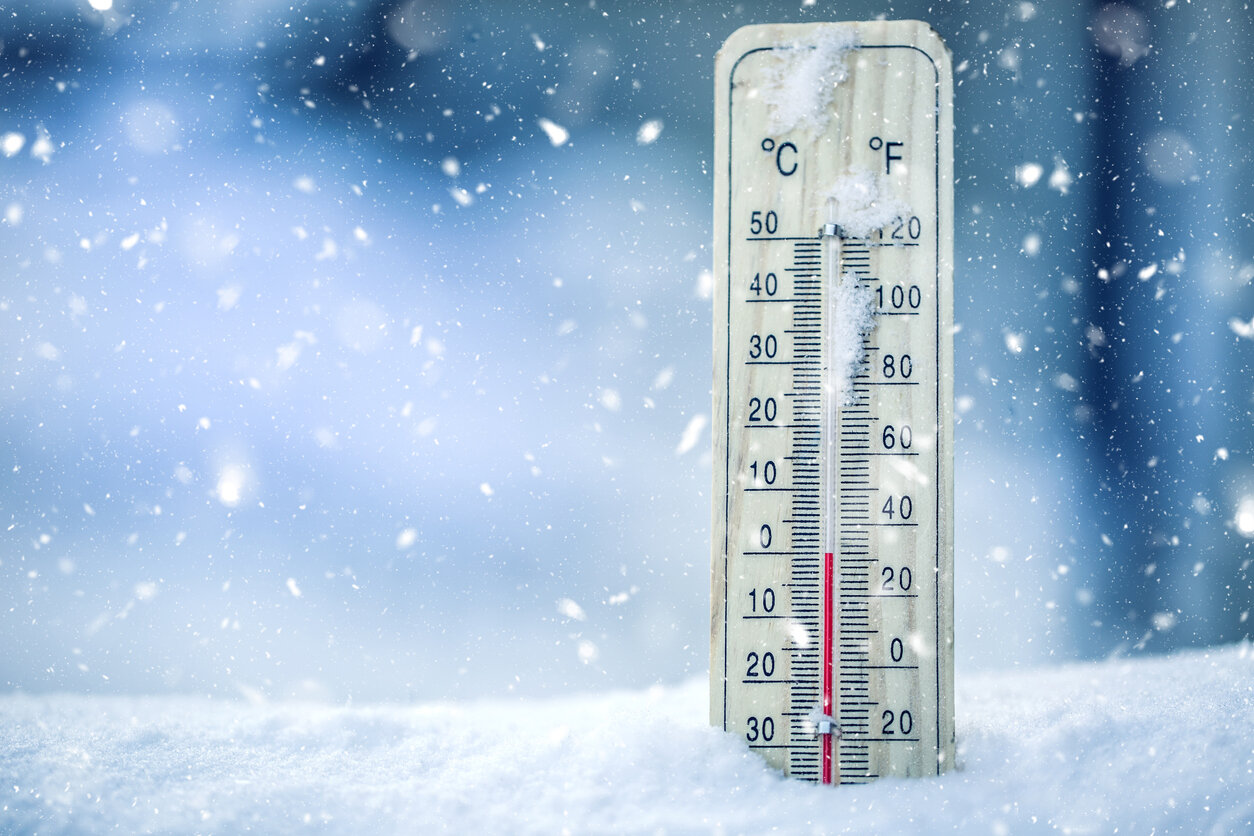(Panama) Access to the Panama Canal, the passageway for cargo ships between the Atlantic and the Pacific, will be reduced for a year due to the lack of rains, a consequence of climate change and the El Niño phenomenon.
Since July 30, the number of vessels allowed each day has decreased from 40 to 32, and their draft (the height of the submerged part of the boat) has been reduced to 44 feet (13.4 meters).
“Today we plan [to extend these measures] for another year, unless in September, October and November heavy rains fall in the canal catchment area and fill the lakes,” he told AFP. Ilya Espino, Assistant Channel Administrator.
This announcement should allow customers of the channel to better “plan” their future passages, she added.
The restrictions have indeed had a spectacular consequence: traffic jams of ships, waiting, on both sides of the canal, to be able to cross. There were 130 on Thursday, a number that rose to 160 in August.
“We easily manage a queue of 90 ships”, but “130 or 140, it gives us problems and causes delays”, acknowledges Ms Espino.
The crisis even prompted Colombian President Gustavo Petro to believe that the canal was closed, which his Panamanian counterpart refuted. “We have restrictions in Panama like we’ve had before, but the canal is not closed, that’s not true,” Laurentino Cortizo said Wednesday.
80 kilometers long, the canal offers direct access between the Caribbean Sea and the Pacific Ocean, which makes it possible to circumvent the South American continent. Some 6% of the world’s maritime trade passes through it: the main countries using it are the United States, China and Japan.
For each boat, it is necessary to dump around 200 million liters of fresh water, which the canal obtains from a watershed formed by the Gatún and Alajuela lakes.
Not only is this basin currently suffering from the lack of rain, but it must continue to be able to supply drinking water to half of the country’s 4.2 million inhabitants.
This situation pushes the managers of the canal to carry out studies to find new sources of water.
“We need to find solutions so that we can continue to be a primary channel of international trade. If we don’t adapt, we will die,” channel administrator Ricaurte Vásquez recently said.
For the time being, the reduction in draft translates into a drop in the loading capacity of each ship, and therefore in the revenue that Panama derives from the payment of tolls by container ships.
For 2024, the Canal Authority predicts that the number of tonnes of goods passing through the isthmus will be “less than 500 million”, compared to 518 million in 2022.
That is an expected drop in revenue of around $200 million, out of a total toll turnover which reached more than $3 billion last year.
“It’s a situation that will last a year, so I don’t think it can be worse than what we experienced during the COVID-19 pandemic,” Ms. Espino said.















